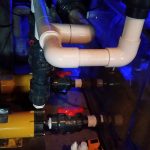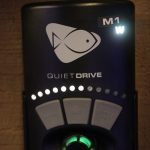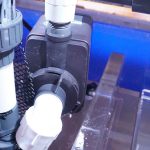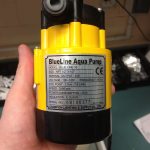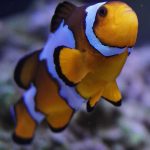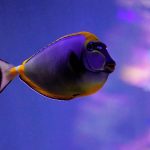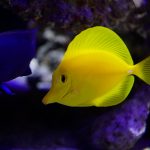Aquarium Pumps
Calling an aquarium pump the heart of any aquatic life support system is an easy and appropriate metaphor. Like a beating heart, aquarium pumps push system water through various life support components and provide adequate turnover in a closed system so that the water is constantly filtered. Fish tank pumps also circulate dissolved oxygen and any supplements you have added to promote the health of plants, corals and other inhabitants of your system. Choosing an aquarium pump is one of the most important considerations when designing and building and aquatic life support system. With a few exceptions, you want to choose a pump that can turn over the entire volume of your system in an hour or less, is well made to provide years of reliable performance and makes it easy to perform routine maintenance. If you’re thinking about adding an aquarium to your Portland area home or business and would like some professional assistance on choosing and/or installing aquarium pumps, just give us a call at 503.784.4403.
How Aquarium Pumps Work
There are several types of aquarium pumps on the market for hobbyists and professionals to choose from. Some of them include:
- Magnetic-Drive Pumps – Mag-drive (sometimes called centrifugal) pumps are the most common types of system pumps. The housing contains copper wire wound in a way that you would find in electric motors of all kinds. As electrical current passes through the windings, it creates a magnetic field, which, in turn causes a drive shaft to rotate. As the shaft rotates, an impeller in a pump chamber called a volute rotates, pulling water in on the suction side and pushing it out to return to the LSS components and display. These can be submersible or non-submersible.
- Axial Flow Pumps (often called powerheads) – Although more and more DC axial flow pumps are entering the market, most powerheads operate like smaller versions of mag-drive pumps, with a small propeller instead of an impeller. These pumps are used to create extra current in displays to provide the kinds of shifting flows most corals prefer and eliminate dead spots in the tank.
- DC Pumps (Direct Current) – In recent years, DC pumps have made a big impact, as they provide much more flexibility in pump control. Most of these pumps also have an impeller housed in a volute but also feature a separate controller, which allows the owner to control the output. This allows precise control over the pump’s output, which can be very convenient when feeding fish and corals. DC pumps usually also feature preprogrammed modes, which allow the owner to create more natural and irregular wave patterns in the display.
- Peristaltic Pumps – Also called positive displacement pumps, peristaltic pumps are used for feeding and dosing supplements. They are also often used for medical applications in hospitals and clinics. A triangular wheel with a roller on each point presses on a hose as it turns, essentially pushing fluid through the hose at adjustable intervals.
Professional Portland Area Aquarium Pump Repair and Installation
If you are looking for a professional’s assistance in choosing, maintaining, installing or repairing an aquarium pump for your system, you have come to the right place. Our aquarists have many years of experience installing, repairing and cleaning all kinds of aquarium pumps for our clients. Since choosing a pump is one of the most important decisions when designing and building a new system, you can rely on our aquarium pump advice to help you choose one that will provide years of dependable service. If you have questions about fish tank pumps of any other type of life support equipment, call us today at 503.784.4403 and let our experience be the catalyst for your success!
